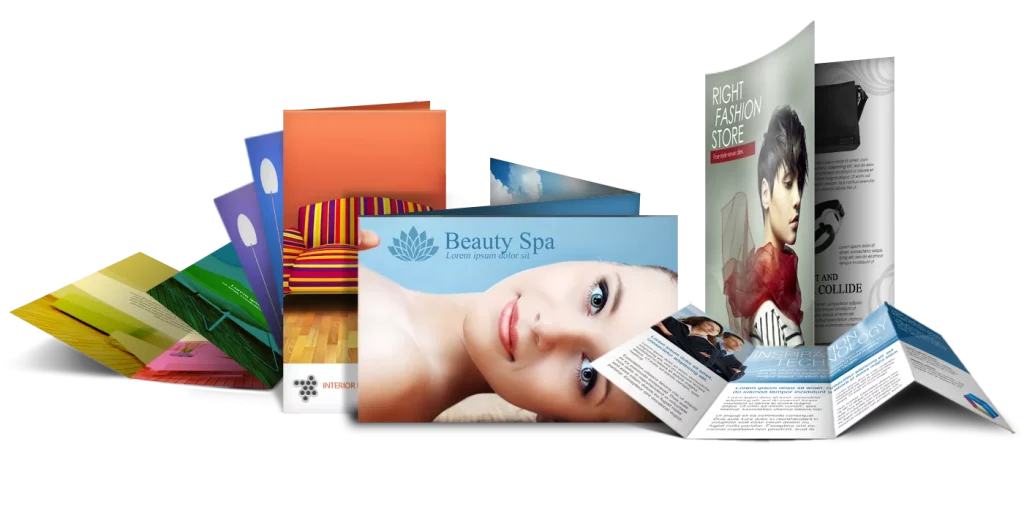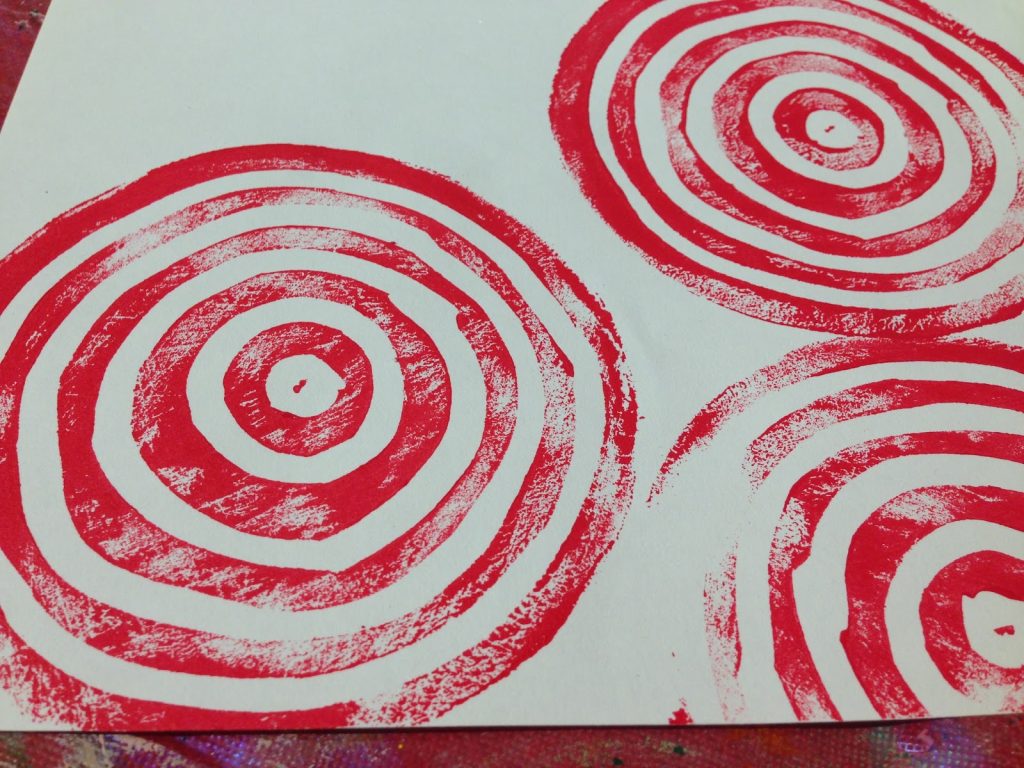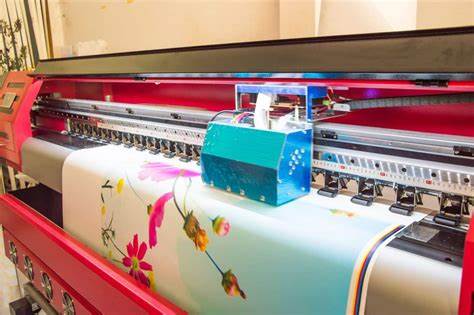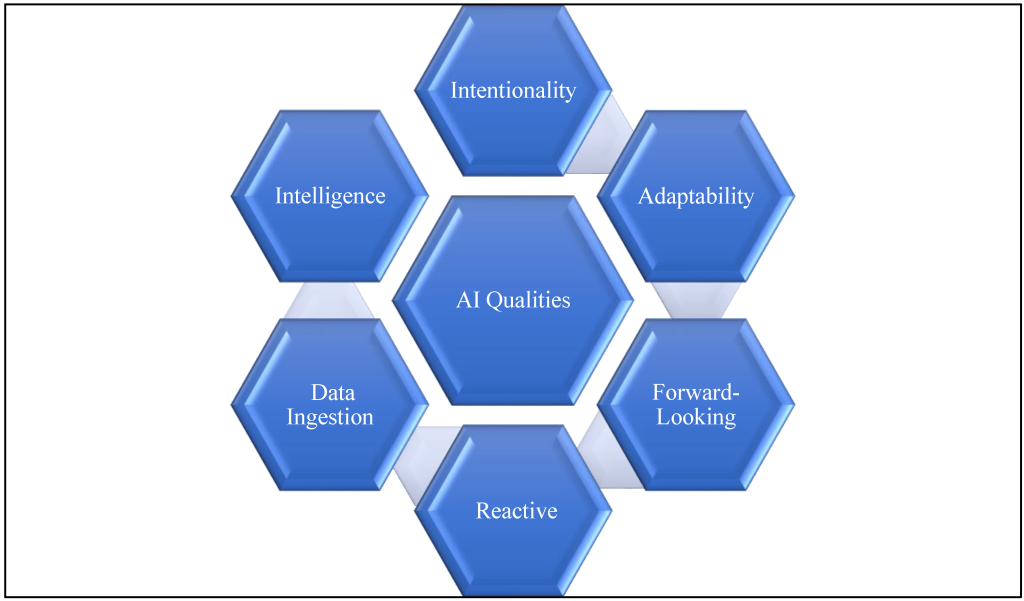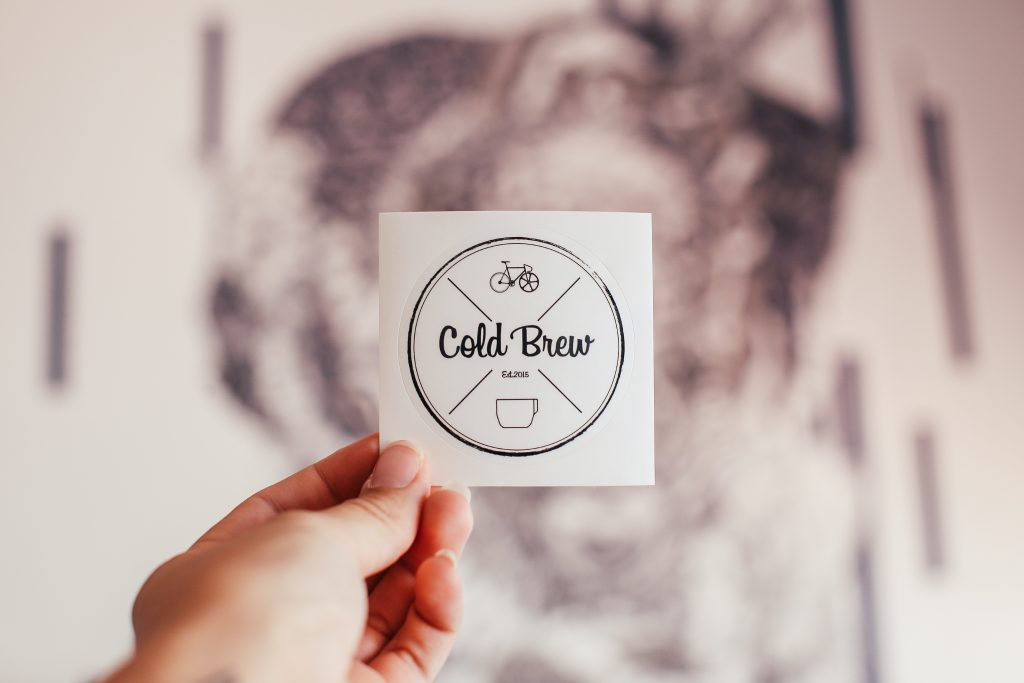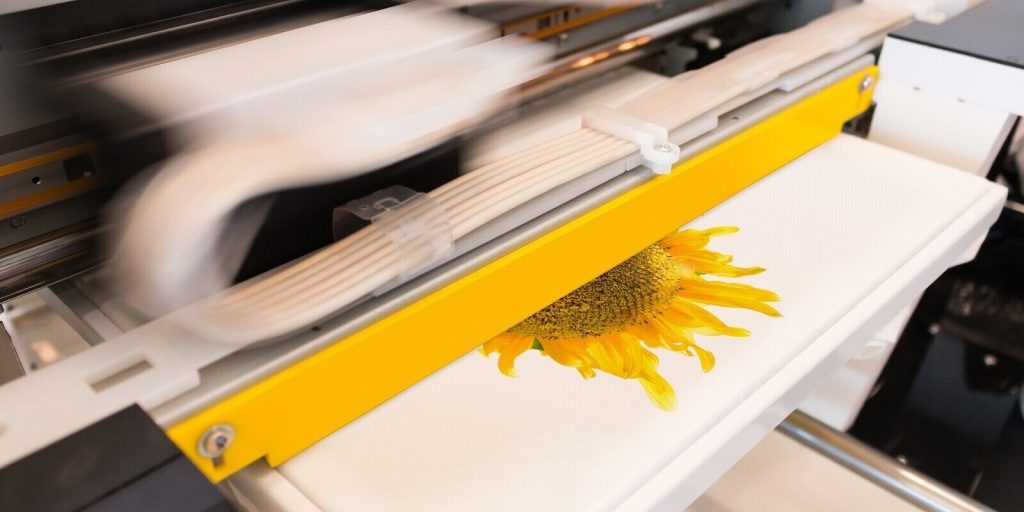Unfolding Success: The Comprehensive Guide to Effective Brochure Printing

In today’s world, where digital marketing seems to be the norm, physical brochures still hold a crucial place in successful promotional campaigns. The process of brochure printing goes beyond just putting ink to paper; it requires a careful balance of strategic design, content creation, and quality production processes to ensure that the final product effectively communicates the brand message and prompts customer engagement. Brochures have been a staple in advertising for decades, and for good reason. They are versatile, shareable, and make it easy for prospective customers to understand what you offer and why they should choose you over the competition. They can be distributed in person, through mail, or at events, and can be designed to fit any budget, making them accessible to businesses of all sizes. When it comes to brochure printing, the process is a bit more complicated than one might think. A lot of thought and effort goes into creating a brochure that is not only visually appealing but also communicates the right message to the target audience. From selecting the right paper and finishes to choosing the right font and colors, there are countless decisions that need to be made before the first page is printed. One of the most important aspects of brochure printing is creating a design that is both aesthetically pleasing and functional. A well-designed brochure should be easy to read, visually appealing, and have a clear message that communicates what the business does and why they are the best choice in the market. This can be achieved through a combination of typography, color, images, and whitespace, among other design elements. Moreover, the content of the brochure is equally important. The text should be concise, compelling, and easy to understand. The language should be tailored to the target audience, using language and tone that resonates with them. Additionally, the brochure should be structured in a way that guides the reader through the content and emphasizes the most important points. In conclusion, brochure printing is a complex process that requires careful planning and execution to create an effective marketing tool. By taking the time to design a brochure that is visually appealing, easy to read, and communicates the brand message, businesses can create a powerful marketing tool that captures the attention of their target audience and drives sales.
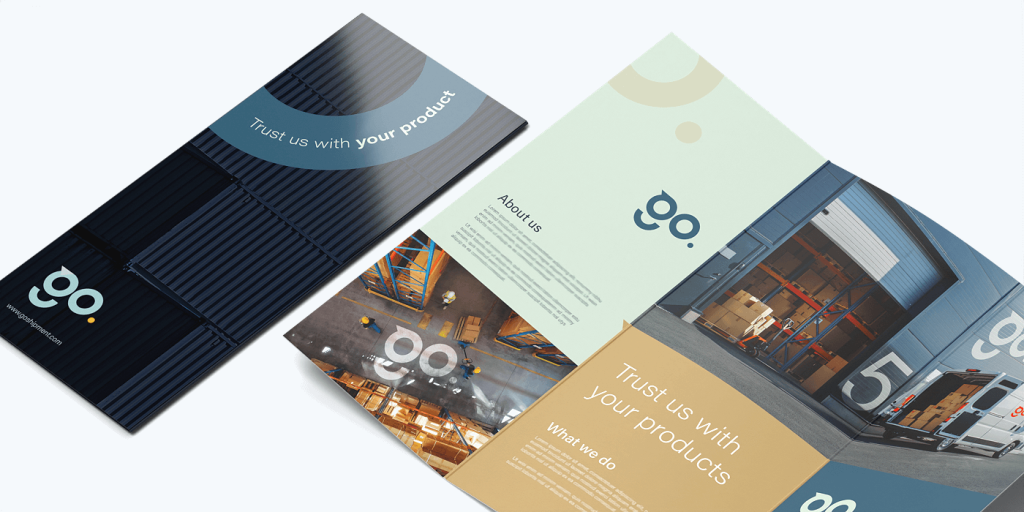
The Undeniable Importance of Brochure Printing:
- In the contemporary marketing arena, where digital platforms and solutions receive a substantial focus, the significance of traditional brochure printing continues to resonate profoundly within both the business and consumer sectors. Understanding the reasons behind the enduring effectiveness of printed brochures helps in harnessing their full potential in various promotional strategies. Here are the key aspects that underscore the irreplaceable role of brochure printing in today’s business context:
- Tangible Impact: Living in a digital age, we’re constantly bombarded with transient online ads and e-marketing materials, most of which we skim through without genuinely engaging. Physical brochures defy this fleeting interaction. They provide a tactile experience that digital means simply cannot replicate, engaging more of the senses and forging a more profound and memorable connection with the reader. The act of holding, touching, and manually flipping through the pages of a brochure involves the audience physically, creating a sense of personal connection with the brand’s message. This tangible interaction embeds the brand deeper into the consumer’s consciousness, enhancing recall effectiveness and making subsequent brand interactions more familiar and resonant.
- Credibility: In a world rife with digital fraud, misinformation, and ephemeral online entities, consumers find a sense of reliability and trust in printed materials. High-quality brochures exude a sense of professionalism and commitment, reflecting the brand’s investment in its image and communication. This tactile aspect of the brand representation lends a substantial degree of legitimacy and credibility, traits that are increasingly valuable in a market where consumers are becoming more cautious about the businesses they engage with. A well-crafted brochure, with its physical presence, helps a brand stand firm in an ocean of fleeting digital content, silently conveying the message that the business is robust, grounded, and reliable.
- Comprehensive Information: One of the most outstanding advantages of printed brochures is their capacity to convey an extensive array of information in a compact format. Where digital content often needs to be concise to retain the viewer’s fleeting attention, brochures give the luxury of space and time. Companies can incorporate a wealth of details, from in-depth product descriptions, company’s milestones, and staff introductions, to customer testimonials and contact information, all presented in an organized, easy-to-follow layout. The physicality of the brochure allows consumers to read and revisit the information at their own pace, without the distractions typical of digital platforms. This leisurely perusal often leads to better information retention and a deeper understanding of the brand’s value proposition.
Diving into Production: Types, Materials, and Techniques:

- Types of Brochures: Depending on your marketing objectives, there are various formats to consider, including bi-fold, tri-fold, z-fold, and booklet styles, each offering a unique way to present your information and capture attention.
- Material Matters: The choice of paper stock influences not just the tactile experience but also durability and display quality. Options range from matte to glossy finishes, with weight considerations for that perfect hand-feel.
- Printing Techniques: Modern printing technologies, such as digital printing for shorter runs and offset printing for larger volumes, offer vibrancy and precision. Special techniques like embossing, die-cuts, or foil stamping can provide your brochures with a distinctive edge that sets you apart from competitors.
Crafting Compelling Content and Design:
- Content is King: Concise, well-organized content that focuses on the benefits for the customer is key. Incorporating compelling calls-to-action can guide the reader’s journey towards a desired response, be it visiting a website or making a purchase.
- Design Dynamics: An exceptional brochure balances eye-catching design with readability. Utilize brand colors, high-quality imagery, and consistent typography to create a visual hierarchy, guiding readers through the brochure.
- Proof and Prototypes: Prior to the full print run, it’s crucial to review proofs meticulously. This phase is your opportunity to catch any errors, and assess first-hand the color accuracy, text readability, and overall aesthetic.
Conclusion: Maximizing the Medium for Marketing Mastery
Brochure printing is an essential component of integrated marketing strategies that businesses can leverage to promote their brand and reach new customers. The secret to its effectiveness lies in the amalgamation of high-quality production, compelling design, and consumer-focused content. These three elements work together to create a marketing tool that not only informs potential clients but also evokes emotional responses that drive engagement and conversions.
One of the key advantages of brochure printing is the tangible nature of the product. Unlike digital marketing materials, such as emails or website banners, brochures can be physically held and examined. This tactile experience creates a stronger connection with potential clients and increases the likelihood of them remembering your brand. Additionally, the use of creative and strategic space in brochure design allows businesses to communicate more information in a visually appealing way.
In a marketplace saturated with digital noise, a well-crafted brochure is a powerful touchpoint in the consumer journey. It offers a quiet yet persuasive space for your brand’s story to unfold, making it a vital tool for businesses looking to stand out from the competition. By showcasing their products or services in a visually appealing way, businesses can create a lasting impression that drives engagement and conversions.
In conclusion, brochure printing is a marketing tool that businesses should not overlook. With high-quality production, compelling design, and consumer-focused content, brochures can help businesses reach new customers and increase brand awareness. In a world where digital marketing is dominant, a well-executed brochure can offer a refreshing break from the noise and create a lasting impression in the minds of potential clients.
To learn more, click here


